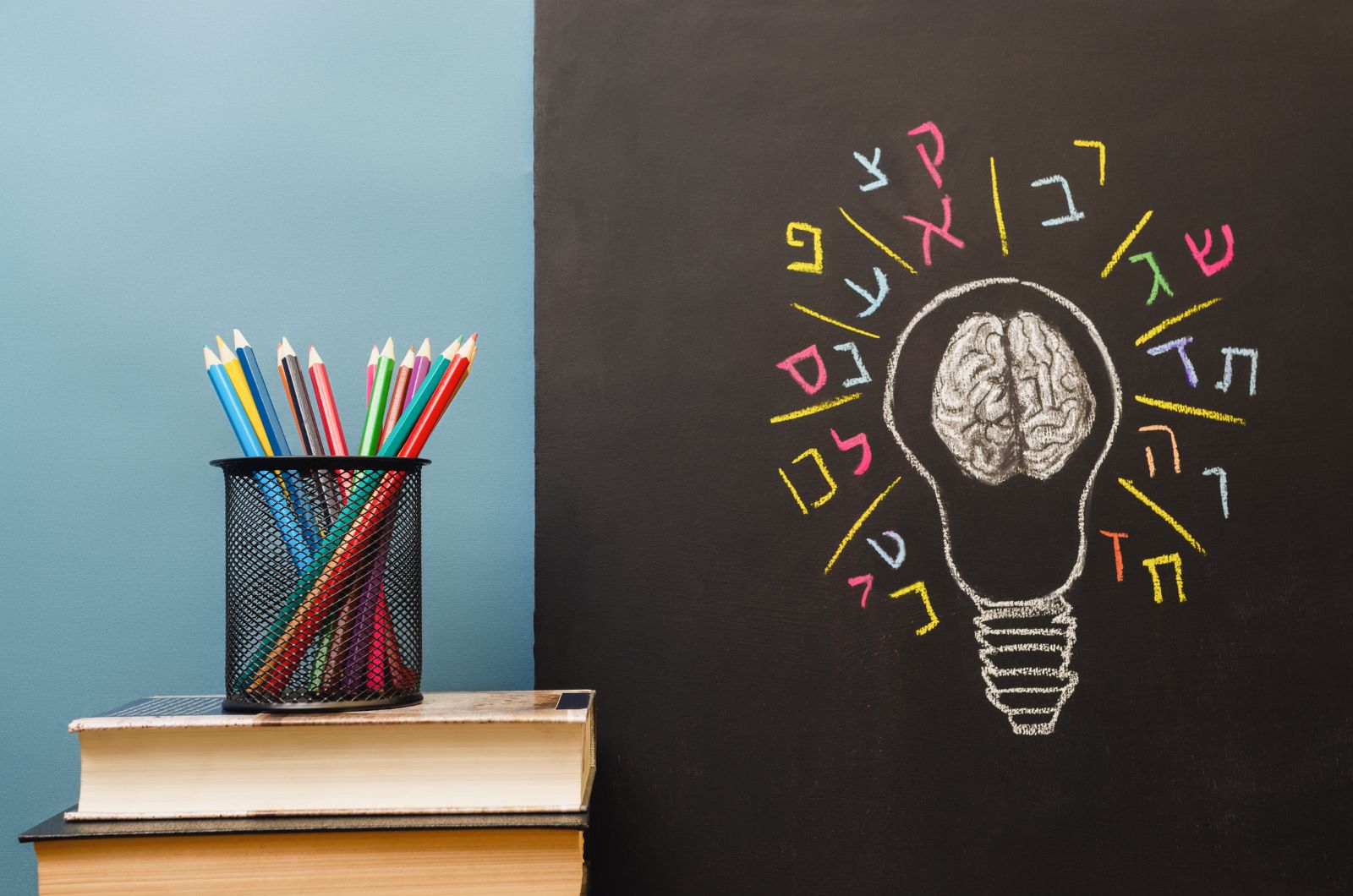Embarking on a journey through the captivating lanes of a new language, especially one as rich and textured as Hebrew, not only broadens our linguistic horizons but also opens a door to understanding deeply rooted culture and history.
Unlocking the mysteries of Hebrew can feel like uncovering hidden treasures of wisdom that have been passed down through generations. Starting with the fundamentals, including the unique Hebrew alphabet and its distinct composition of consonants and vowel marks, the curiosities of this ancient language progressively unfold. This journey won't just equip you with another language skill, but will invite you into the heart and soul of Israel, connecting you to its people, literature, and the very fabric of daily life.
Introduction to Reading Hebrew
Learning to read Hebrew opens the door to a rich culture steeped in history and the roots of three of the world's major religions. This ancient language, still spoken today, not only allows you seamless interactions if you ever find yourself in an Israeli street market or academic conference, but it also allows you to engage directly with timeless texts like the Holy Bible as they were originally scribed.
For beginners, learning to read Hebrew might seem daunting given its unique alphabet and right-to-left reading orientation. However, with a systematic approach, the journey becomes much less intimidating. In this article, we'll guide you step-by-step from understanding the Hebrew alphabet to correctly pronouncing words and even reading sentences. The subsequent sections will delve into the building blocks of the Hebrew language, the peculiarities of its vowel marks, and ultimately, the rewarding exercise of reading Hebrew words and sentences.
The Hebrew Alphabet: Building Blocks of Reading
A vital step in your journey to mastering Hebrew is learning its beautiful, intricate alphabet. Drawing on ancient roots, the Hebrew alphabet, Alef-Bet, consists of 22 consonant letters. These letters form the core building blocks of the language, each bearing a unique sound that gives voice to Hebrew's rich linguistic tapestry.
Each Hebrew letter has a corresponding English transliteration, which can serve as a helpful guide. For instance, the first letter 'Alef' corresponds to 'A' in English, and so on. Yet, it is important to emphasize that the nuances of Hebrew pronunciation cannot be perfectly captured in English.
Practising writing these letters will aid not only your reading proficiency but your overall grasp of Hebrew too. In the coming section, we will delve into the role of vowel marks in perfecting your pronunciation, a crucial aspect of reading Hebrew.
Vowel Marks and Pronunciation
The Hebrew language has an intriguing feature – vowel marks, also called Nikkud. Unlike English, Hebrew vowel sounds are not conveyed through letters but with these diacritical marks placed above, below, or within the consonants. This system of vowel indication is integral to accurately pronouncing Hebrew words.
Decoding Vowel Sounds
There are numerous vowel marks in Hebrew, each indicating a distinct sound, such as 'ah', 'ee', 'oh', etc. The dot on the right side of a letter, for instance, makes an 'e' sound as in 'bed.' These vowel marks significantly affect the pronunciation and meaning of words in Hebrew. Therefore, mastering the vowel marks is critical in developing proficient reading skills.
The Essence of Listening
Listening to native Hebrew speakers can significantly improve your understanding of vowel sounds and their usage in words. It's even more beneficial when these speech patterns are studied along with written words, as in the adaptations provided by Modern Talk Books. This immersive experience will enrich your Hebrew reading journey and help you sound more natural.
Reading Hebrew Words and Sentences
After mastering the Hebrew alphabet and understanding the vowel marks, the next step in your Hebrew learning journey is putting these into practice by reading Hebrew words and sentences. This is often where the magic really happens, and a foreign script begins to take on meaning.
Common Hebrew words such as 'shalom' (peace), 'manishma' (How are you?), and 'toda' (thank you), are great starting points. Seeing these words in the Hebrew script allows you to connect the letters, vowel marks, and sundry sounds to form cognizant expressions.
In time, you will notice patterns and begin to predict the structure of Hebrew sentences. For example, in Hebrew adjectives usually follow the noun they modify, a stark contrast from English. It's also beneficial to delve into Hebrew literature; the Modern Talk Books present a fantastic opportunity to comprehend Hebrew in a broader context.
Remember, learning any language is a gradual process, so take your time, practice regularly, and enjoy this enriching experience.
